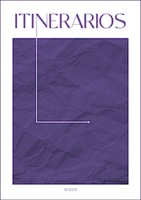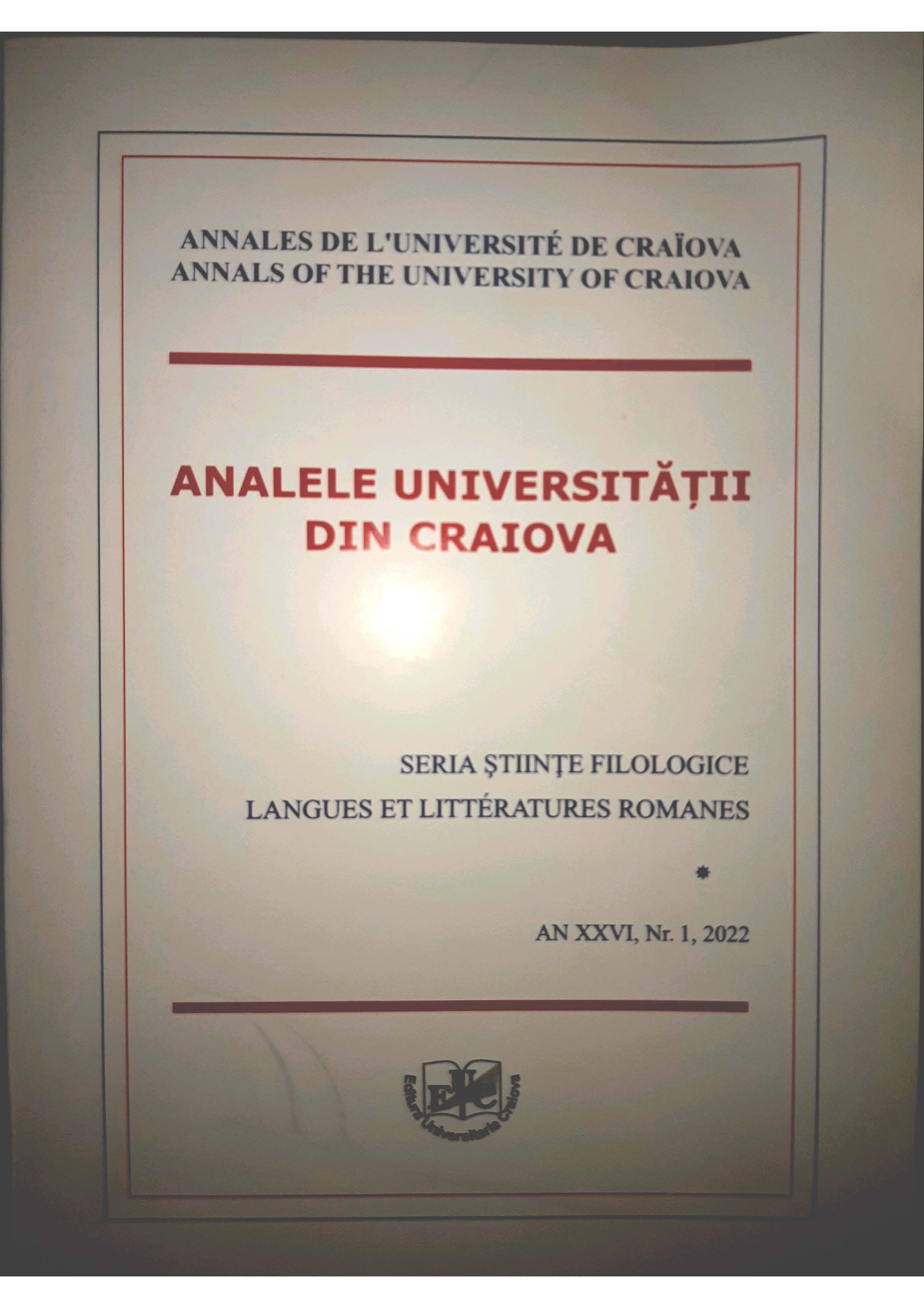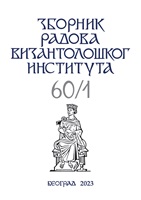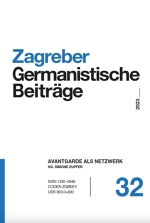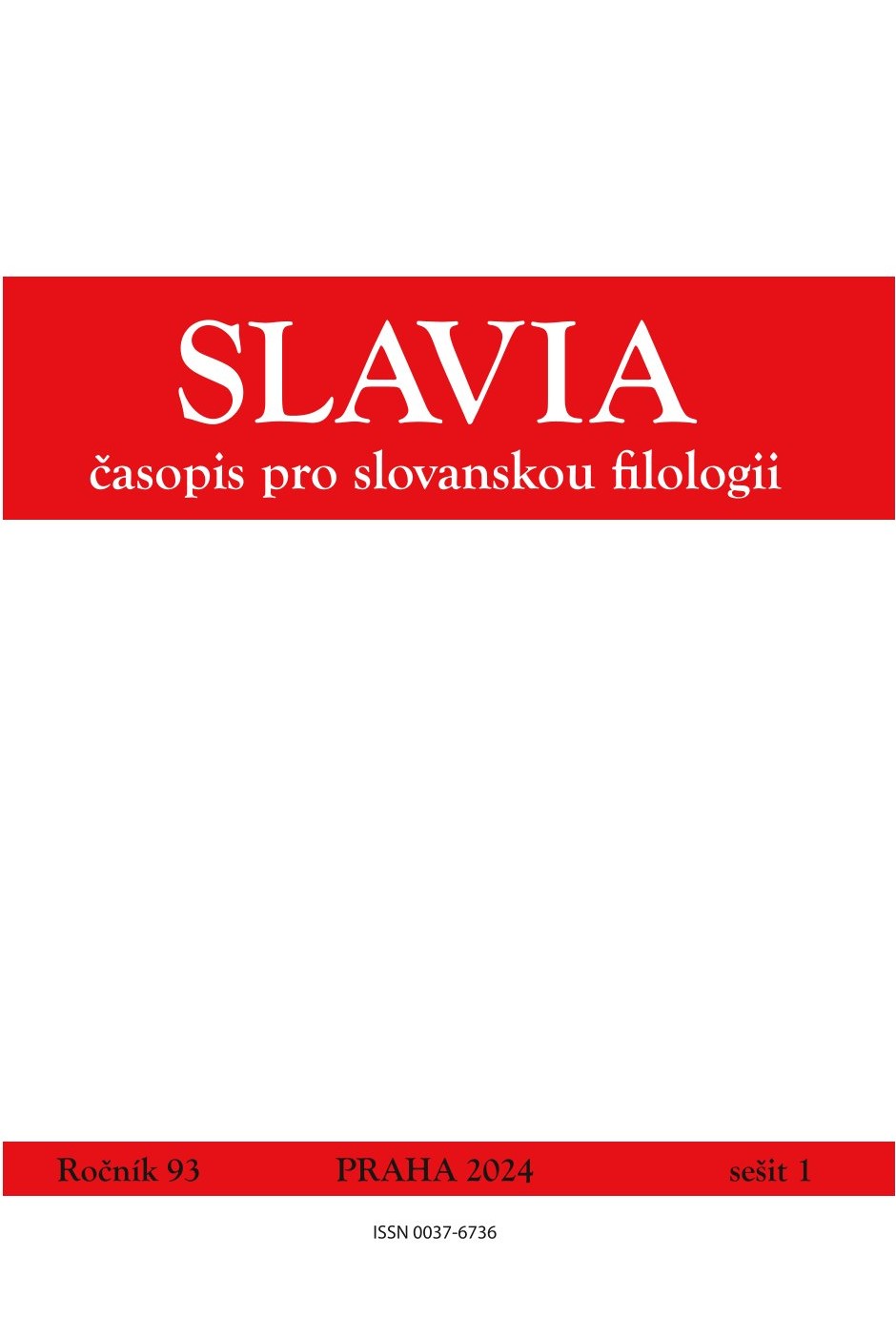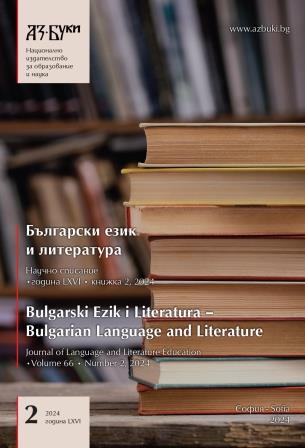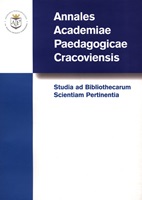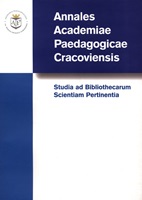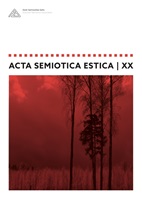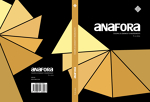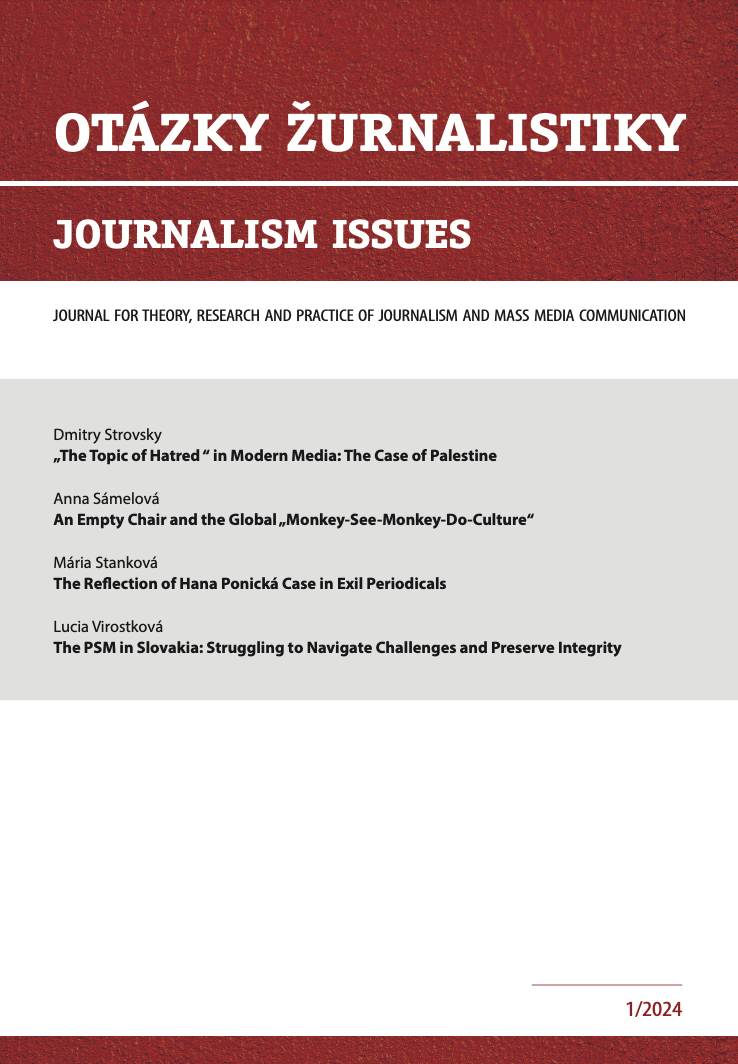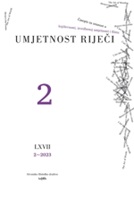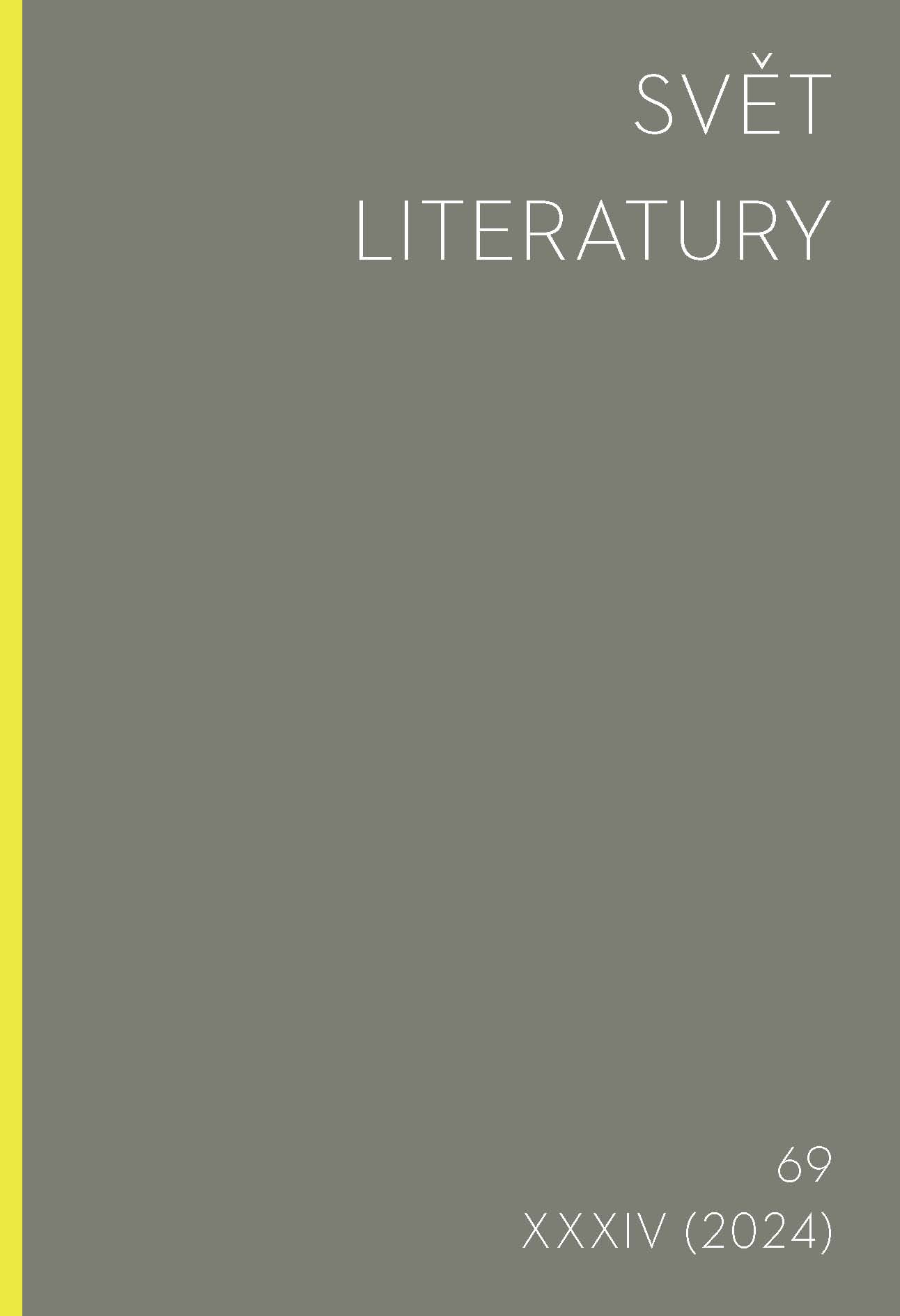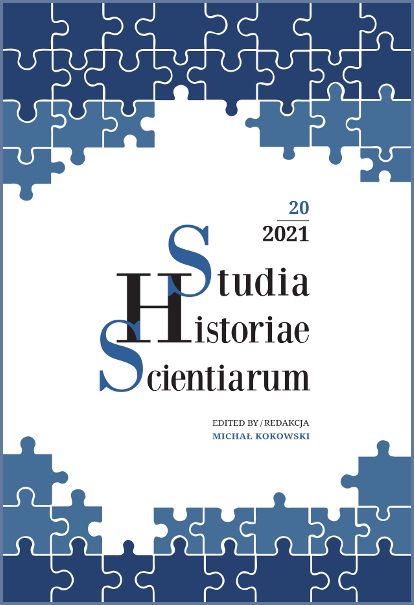
A tale of reviews in two history of science journals
This paper examines the role of book reviews in the discipline of the history of science by comparing their appearance in two periodicals, Isis, the flagship journal of the discipline that was founded in 1913, and the Journal for the History of Astronomy, founded in 1970 to serve a newly emerging, specialized subfield within the broader discipline.Our analysis of the reviews published in selected slices of time finds differing norms and reviewing practices within the two journals. Despite important changes during the past century in the conceptualization of the history of science and its research methods, reviewing practices in Isis remained remarkably consistent over time, with reviewers generally defending a fixed set of norms for “good” scholarship. More change appears in reviews of the Journal for the History of Astronomy, as its audience shifted from a mix of the laity, working astronomers, and historians to a specialized group of professional historians of astronomy. Scholarly norms, reflected in the reviews, shifted with these changes in readership.We conclude that book reviews offer rich sources for analyzing the evolution of scholarly disciplines and norms.
More...
